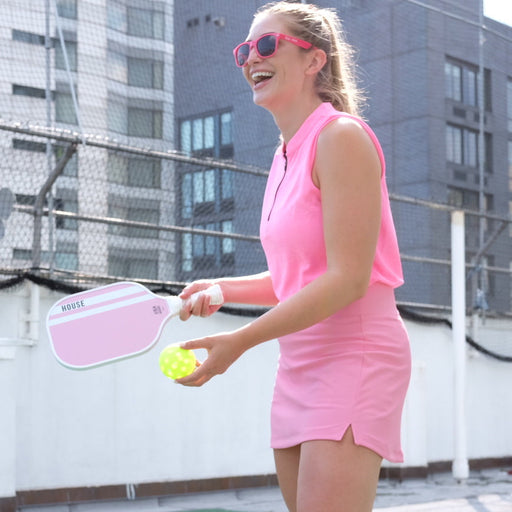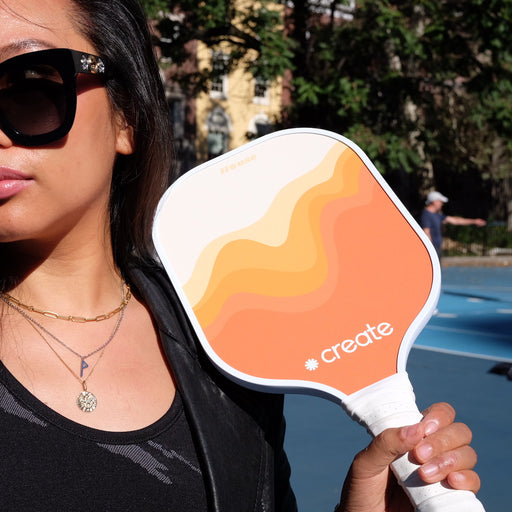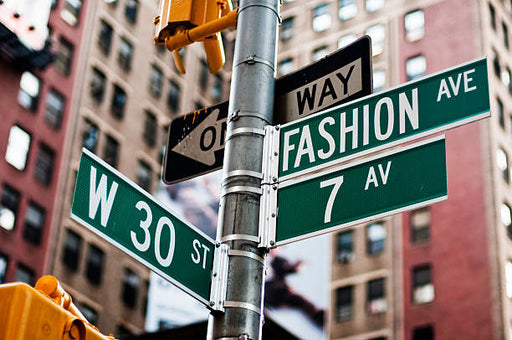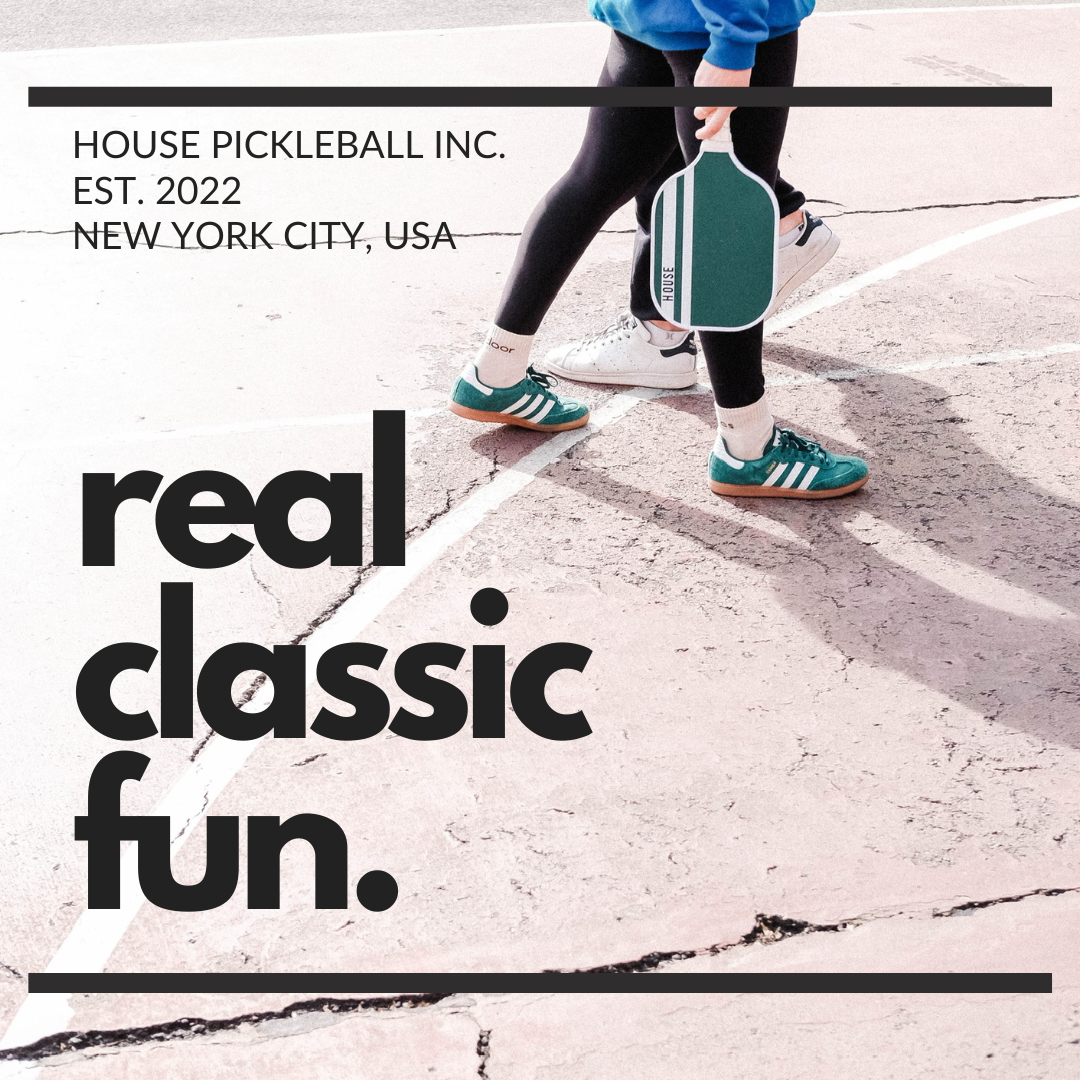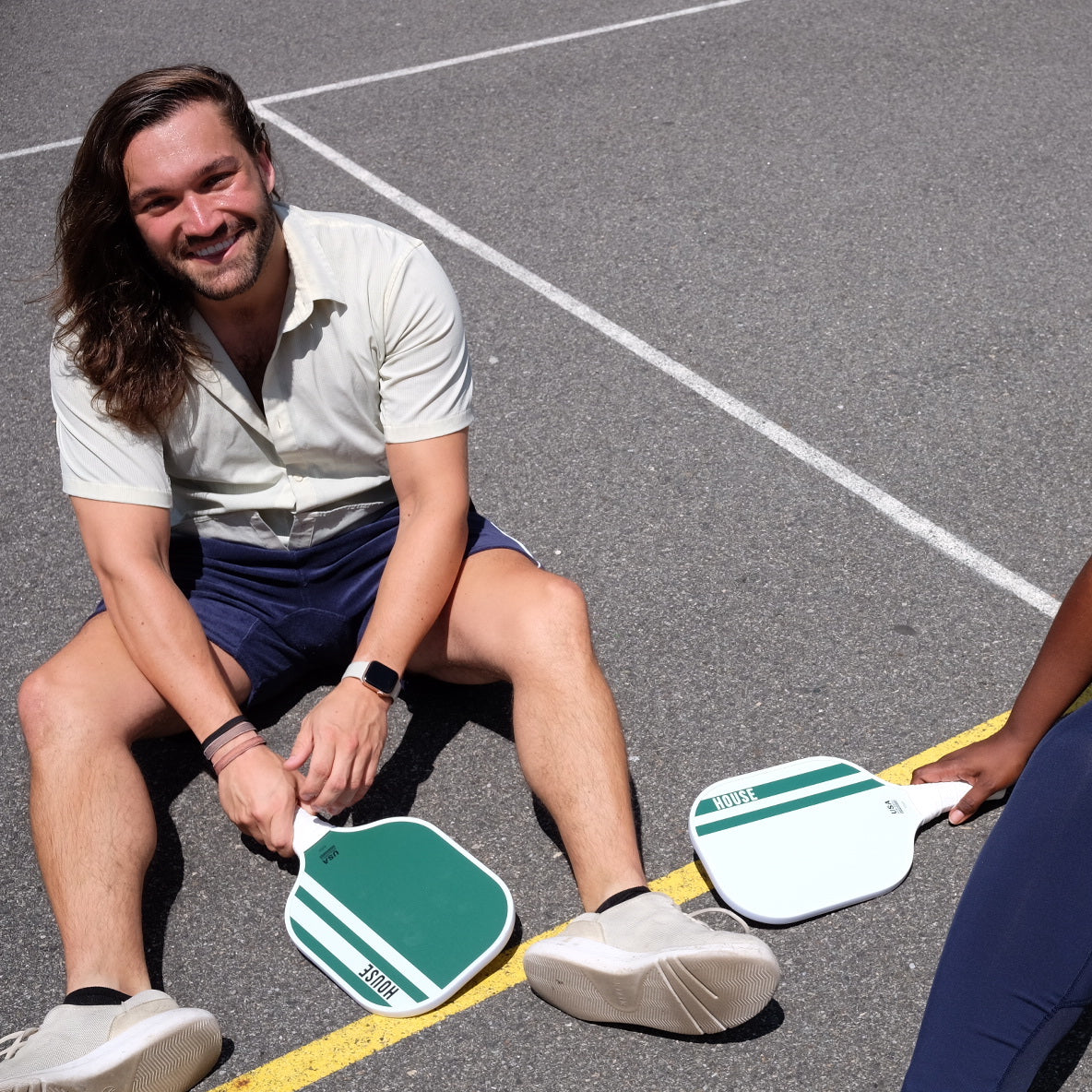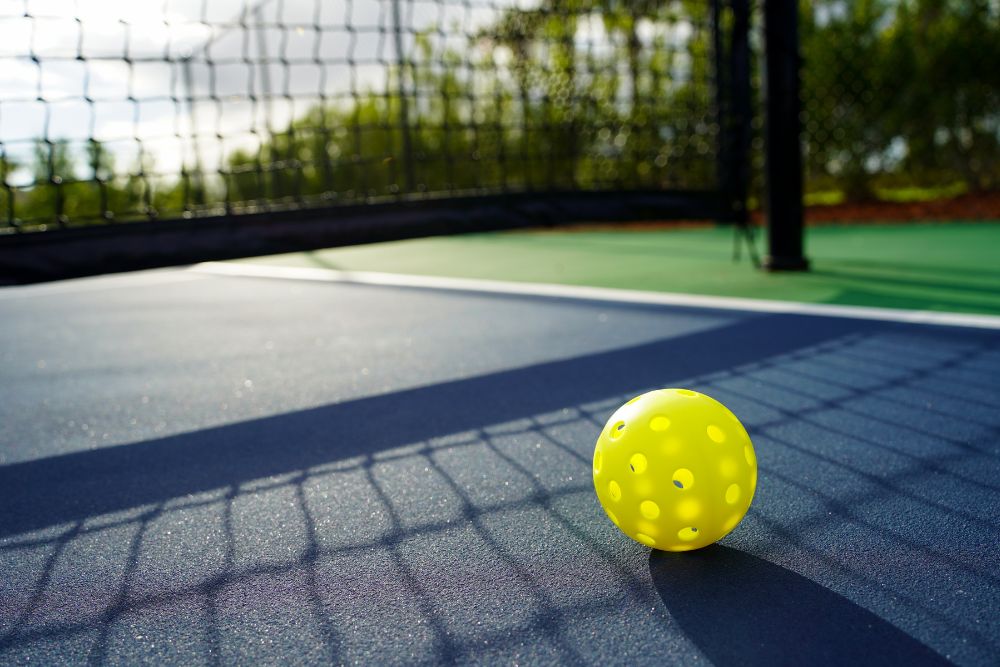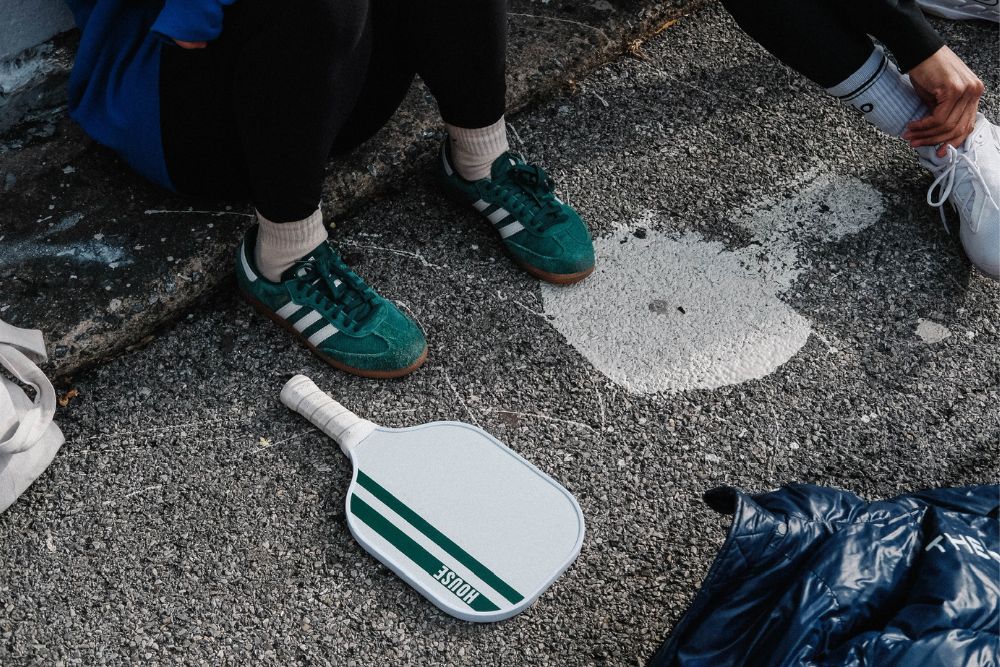
3 Key Pickleball Serving Rules Every Player Must Know
Just like every racquet sport, a pickleball game starts with a serve.
Although there are many rules and complex ways to understand serve in pickleball, there are three basic rules for serving the ball:
1. Underhand serve
While tennis uses overhand serve mostly, the pickleball rules insist on serving below your belly button.
With a straight arm under your hips, use a paddle to strike the ball when it's positioned below your belly button.
After contact and a successfully performed serve, you are free to continue the game any way you see the best for winning a point.
2. Feet placement
While serving, the foot placement is really important since you can lose a rally by making this fault.
While serving, as much of a force you use, one foot must always touch the ground behind the baseline which basically means that you can’t jump while making a serve.
While performing a serve, your feet cannot touch the pickleball court inside or on the line of the baseline.
But after making contact with a ball, you can freely enter the court and continue the rally to win a point in the game.
3. Crosscourt Serve
The ball in serve must go over the pickleball net, although the ball can touch the net if it successfully goes over it into the opponent's territory.
The serve must be performed so the ball goes into the diagonal line space as opposed to your quarter of the court where you are serving.
On the serve, the ball cannot land in the kitchen zone, or non-volley zone because that would be considered a fault.
However, the served ball may land on any other line – the baseline, sideline, or centerline.
If you violate any of these 3 pickleball serve rules, you will commit a fault and lose a rally and your serve turn.
Pickleball Volley Serve And Pickleball Drop Serve

When discussing different ways of serving in pickleball, it's important to understand various pickleball terms that can impact your game, such as the volley serve and the drop serve.
Both are completed with forehand or backhand motion of the paddle and arm.
Volley Serve
Pickleball volley serve is the traditional one, where you release the ball into the air and then hit it without it hitting the ground first and bouncing.
To master this kind of serve practice throwing the ball into the air first, because this will determine the way you can hit the ball successfully.
Drop Serve
The second way to serve the pickleball is an alternative/drop serve. This serve is the complete opposite of volley serve. The ball is released from the hand and the gravity does all the rest.
After that, the ball will bounce on the court once and you must hit it afterward to complete the successful serve.
The drop serve is usually used for performing a slice hit, where you hit the ball with an angle of the paddle so that the rotation of the ball causes the Magnus effect.
This effect causes the ball to swerve in the air slightly, which can be off-putting to the opponent.
The drop technique is easier for beginner players to learn, especially when they are just starting to grasp the basics of pickleball. This technique also makes it easy for referees to determine if the serve is being completed according to the rulebook.
If you fail to release the ball in accordance with the pickleball rules, which means adding the force behind the release (throwing the pickleball downwards) that will result in you committing a fault and you will lose your serve.
When To Serve The Pickleball
The serve is performed when the judge calls the score of the game, afterward you have 10 seconds to complete the serve, or else a fault will be declared and you will lose your serve.
In addition to the strict timing, it's essential for players to be aware of the court positioning and proper serve techniques.
Preparation And Preventing Pickleball Quick Serves
The serve is going to be performed just when both players are in the right positions for the judge to call the 10-second serve start.
If you raise your paddle or hand above the head this will be considered as you not being ready. But, do not take this for granted because the judge can easily see through this and call the fault of making a game stop intentionally.
On the other side of the story, the server can, without it being considered committing a fault, serve the pickleball quickly if the judge improperly considers that both players are ready.
So, beware of these tactics.
Pickleball Rules On Service Faults
Violations of the rules can cause faults that will be punished by the judge harshly. These faults can be committed on the serve in pickleball, of course.
The official rules for pickleball see these actions as faults that will result in a fault on the serving team and the applicable server will lose his or her serve:
- The server commits a service foot fault where they jump on the serve;
- One foot is not in contact with the ground behind the baseline;
- Any foot touches the baseline or any area inside of the baseline; or any foot touches the area on lines of the applicable sideline or centerline.
- The server serves from the wrong serving area.
- The incorrect player on the serving team serves the pickleball (the mistake that can happen in doubles pickleball games).
- The server uses an illegal serving motion.
- The served pickleball lands anywhere outside of the rule-advised service court. This can happen no matter if the ball touches the net or net cord.
- If the served ball lands in the Non-Volley Zone, or on the Non-Volley Zone line, then the server will have committed a fault.
- The server hits the ball for the serve before the score is called.
- The served pickleball touches any object (with the net excluded) before hitting the ground.
- Once the ball has been served, neither the serving player nor the opponent can’t call the time-out until the rally is finished.
Is There A Service Let In Pickleball?
When your serve hits the net but still lands in your opponent's service area, we call that a "let."
Now, in the pickleball serving rulebook, there are no service lets. So, if the ball touches the net and lands on the opponent's court, there's no replay of the serve.
However, if the ball hits the pickleball net, and then lands in the Non-Volley Zone, on the Non-Volley Zone line, or outside of the baseline, sideline, or centerline), then a service will be called a fault.
Conclusion
So as you’ve seen the serve is pretty tricky to master, but it is crucial to the game.
With a bit of know-how and some practice, you'll be serving up a storm and enjoying some great games with your pickleball pals.
Master the serve and you will most likely win the game because you will have the ability to dictate the rally afterward.






